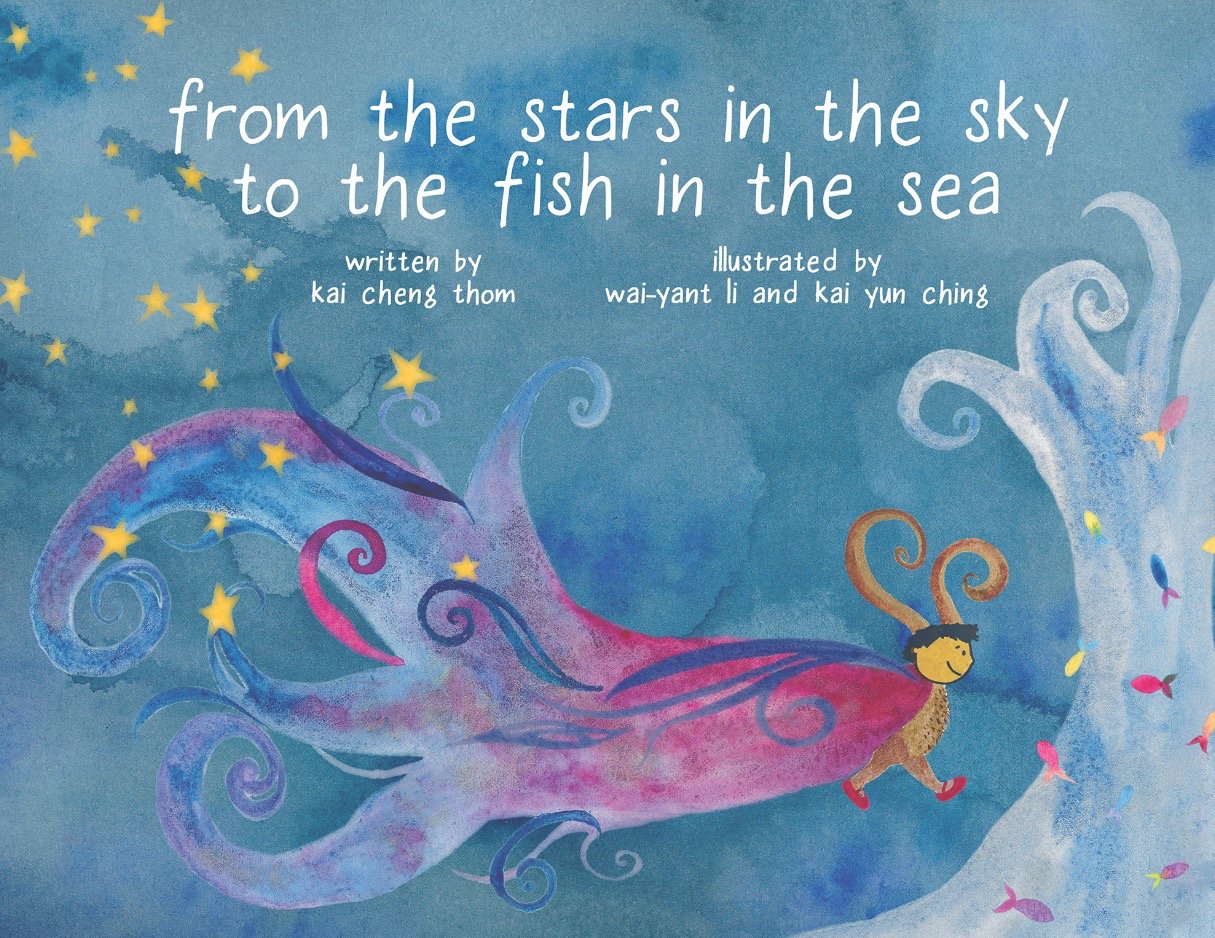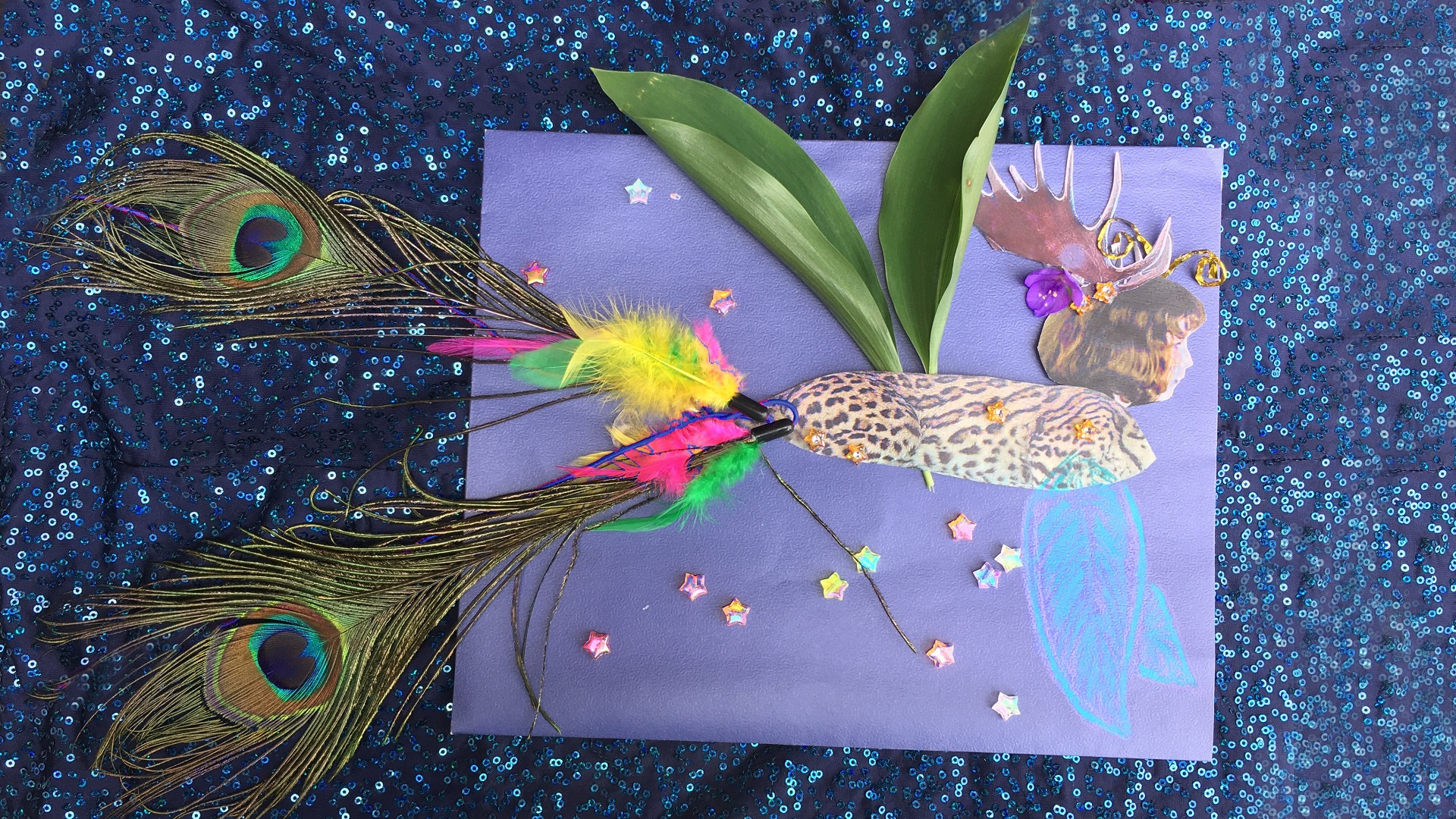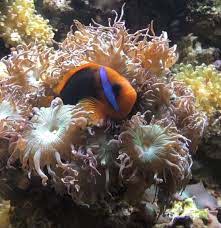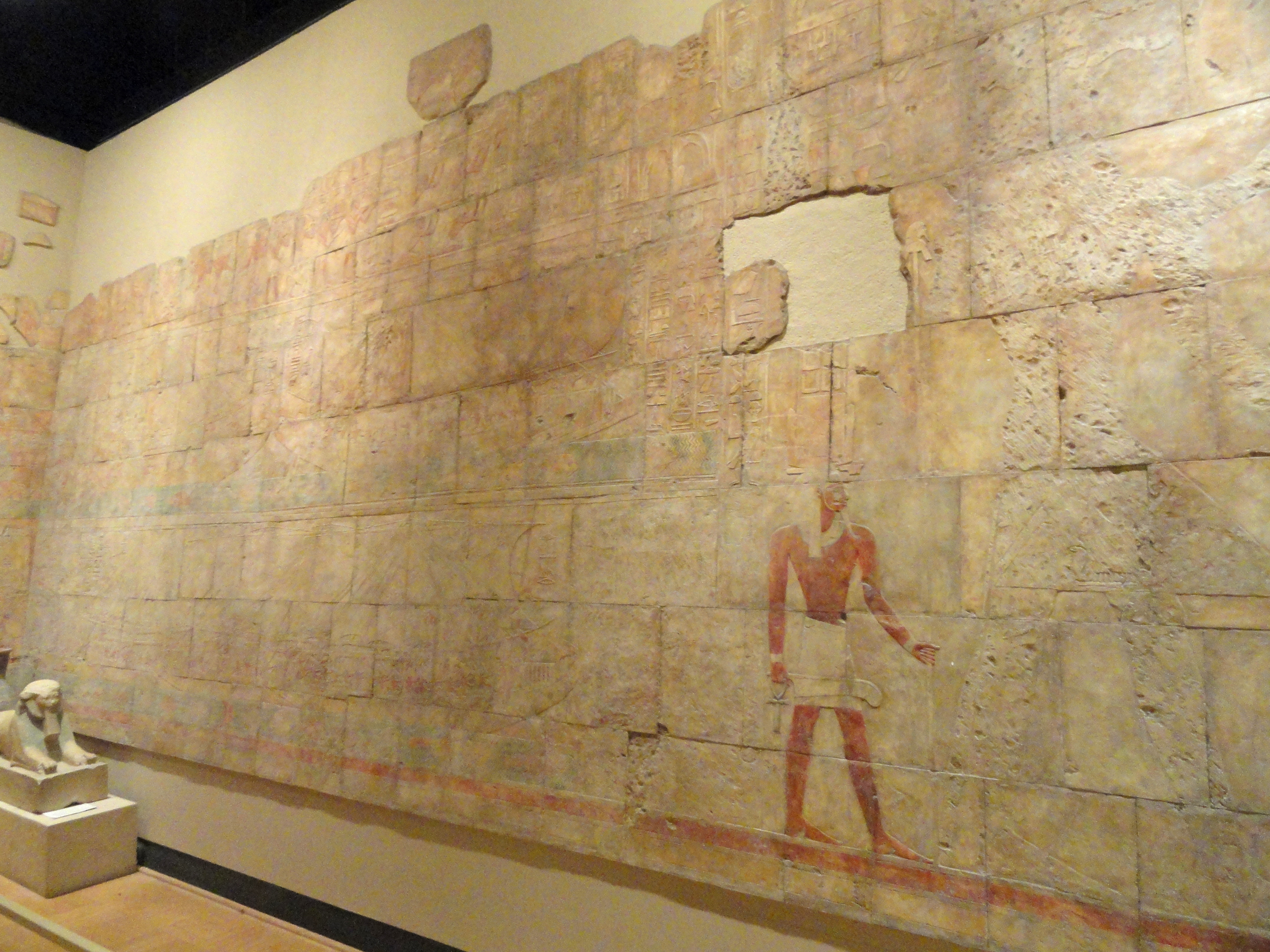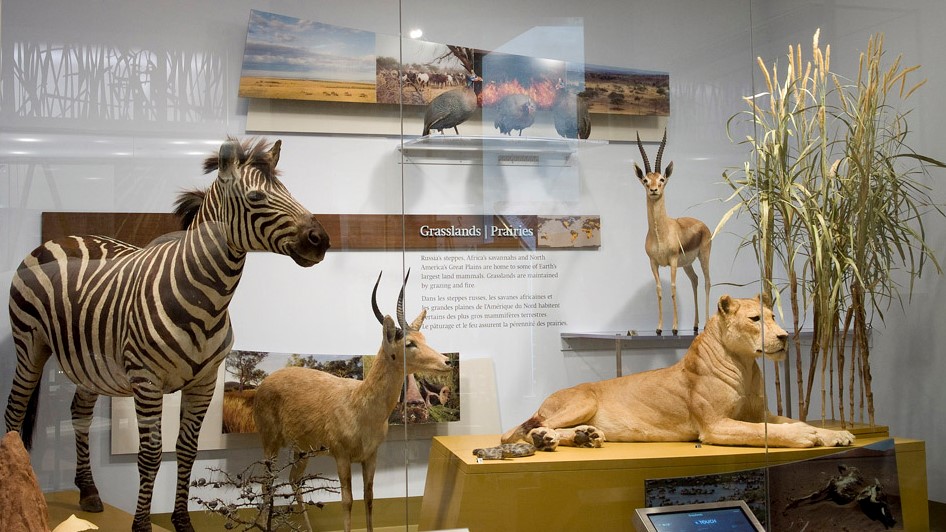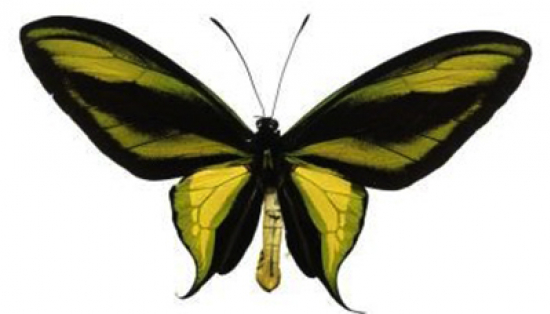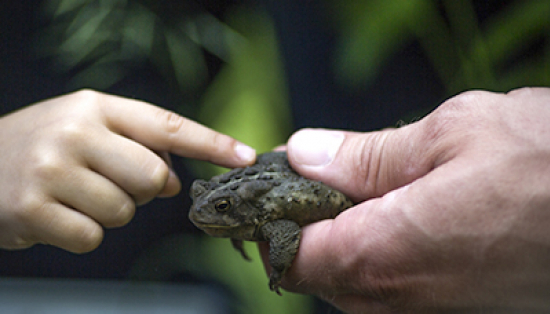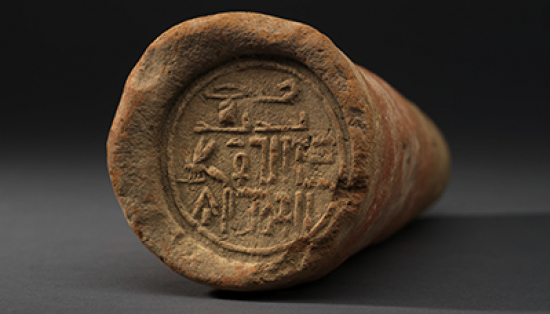Visit ROM Storytime for a discussion of children’s books for young learners with ROM educator Sarah Elliott. Joining Sarah this week is special co-host Julie Tomé, Bilingual Science Teacher at the ROM, who combines the ROM's collections and the Ontario Curriculum to make museum education magic.
This week, Sarah and Julie explore From the Stars in the Sky to the Fish in the Sea by Kai Cheng Thom, illustrated by Wai-Yant Li and Kai Yun Ching. Stay tuned after the story summary for a Q&A on how the story connects to ROM objects, and try a story-inspired creative activity.
In From the Stars in the Sky to the Fish in the Sea, Miu Lan changes often, depending on how they are feeling. Every aspect of their appearance, from fur and feathers to stripes and sparkles, are a part of who they are and what makes them special.
At the ROM, there are many examples of living things that go through big changes in what they look like. The word that scientists use for a very big change in living things is metamorphosis, like when monarch caterpillars became butterflies or tadpoles turn into mossy frogs.
There’s also evidence of a big change in someone’s appearance in the Galleries of Africa: Egypt. When Queen Hatshepsut became Pharaoh, some of her statues show her wearing a queen’s dress and crown, but other statues show her wearing the headdress, kilt, and beard that were worn by the male Pharaohs before her. We even have an example of a sphinx with the body of a lion and the face of Hatshepsut!
For the Creativity Challenge this week, we will create a collage of our own metamorphosis and take inspiration from nature to find the shape that represents us the most, just like Miu Lan in From the Stars in the Sky to the Fish in the Sea.
- Research plants and animals from nature, and find things that resonate with you. The ROM Online Collections is a good place to start your research.
- Print out or sketch these examples of fur, feathers, quills, shells, stripes, or spots.
- Find or copy a picture of yourself and cut out your face from the photo.
- Place your face on a good background.
- Glue or draw your nature examples around your face (or combine the two) until you have a collage that shows off your metamorphosis.
- Add other materials like feathers, leaves, flowers, and other examples from nature to make your transformation shine.
- Don’t forget the sparkle!
- Take a photo of your transformation and share it with us @ROMtoronto #ROMathome.
Are there any animals that change between boys and girls?
Yes! In the coral reef aquarium in the Life in Crisis: Schad Gallery of Biodiversity, you can find a fire clownfish swimming around the corals and anemones. When clownfish are born, they aren’t boys or girls until they leave their home anemone to find an anemone of their own. If they find one without other clownfish living in it, the young clownfish becomes an adult female. The next clownfish to arrive will become male, and usually becomes the female’s partner. But if anything happens to that female clownfish (like in a certain famous animated movie), that adult male clownfish will actually change into a female! And they’re not the only living thing that does this; switching between male and female happens in many fish, snails, and plants.
Were there other female pharaohs like Hatshepsut?
Yes! She wasn’t even the first female pharaoh, although she does seem to be the first to wear the traditionally male ceremonial clothing and accessories in her statues. There were other women who ruled Egypt, and some researchers are taking a second look to find out if they may have also been called “Pharaoh.” Many historical studies were written by a single group, gender, or class of people with a particular outlook on the world, so some important details may have been overlooked or misinterpreted in historical research. Having many people of different backgrounds, ethnicities, religions, and gender identities studying history means that we can understand the world from more perspectives, and then can learn more about female pharaohs like Hatshepsut.
Are there any animals that do both boy and girl things, like Miu Lan?
When students sit in front of the grasslands display in the Life in Crisis: Schad Gallery of Biodiversity, they will often identify the lion in the display case as a lioness because she doesn’t have a mane. But there’s a famous lioness named Mmamoriri living in Botswana who comes from a family of maned lionesses. She does many things that lionesses typically do like hunting and hanging around with the maneless lionesses in her pride, but she also does some things that male lions typically do, like defending the pride from attackers. It’s a great example about how humans use rules to categorize things in nature – a useful skill that would have helped early humans survive – but nature can’t always be categorized. Nature is all about variation and diversity, and the more we study it, the more we find exceptions to the “rules.”

